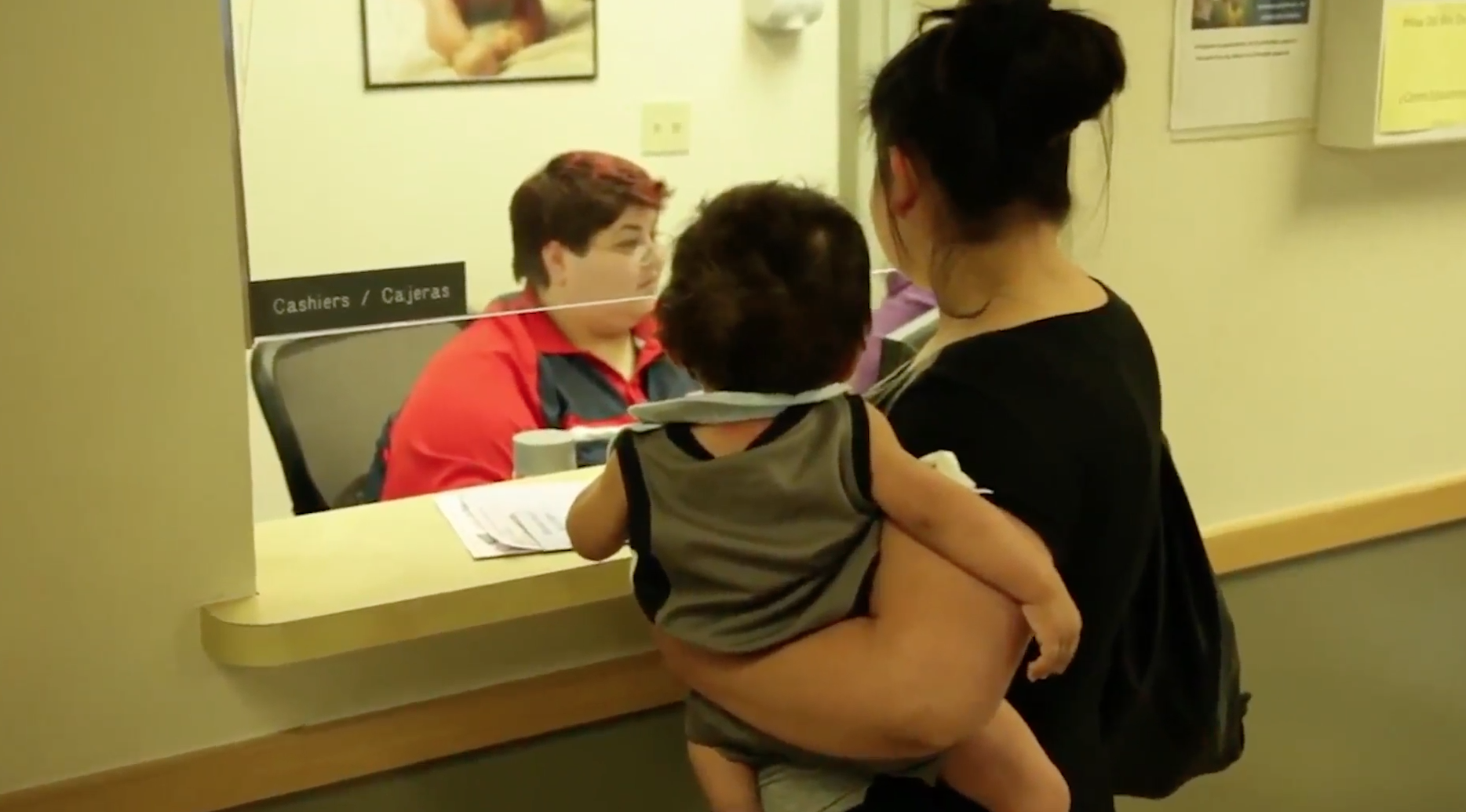The percentage of Texans without health insurance dropped 31% since enrollment began in the Affordable Care Act’s (ACA) Health Insurance Marketplace, according to a new report released by the Episcopal Health Foundation and Rice University’s Baker Institute for Public Policy.
The report found from September 2013 to March 2015, the percentage of uninsured adult Texans ages 18-64 dropped from 25% to 17%.
“This is a dramatic drop that’s unprecedented in Texas,” said Elena Marks, EHF’s president and CEO. “It’s almost entirely attributable to newly-insured individuals who purchased their own health insurance plans. The drop in the uninsured rate occurred across all income levels and age groups, including younger adults.”

Despite the improvement, Texas remains the state with the highest percentage of those without health insurance and for the first time, Texas now has the largest number of uninsured residents in the country.
The report found the poorest Texans had the lowest drop in the uninsured rate. While individuals earning more than $16,000 a year saw a 45% drop in the uninsured rate, there was only a 20% drop for those with lower incomes.
“The lowest income Texans are almost four times more likely to be uninsured than those with higher incomes,” said Vivian Ho, the chair in health economics at Rice’s Baker Institute, a professor of economics at Rice and a professor of medicine at Baylor College of Medicine. “This coverage gap has grown since 2013 primarily because the ACA Marketplace allows households above the federal poverty level to buy health insurance using subsidies. Those same level of discounts are not available to Texans with incomes below the federal poverty level.”
Individuals who earn below $16,000 are able to enroll in Medicaid in the 31 states that opted to expand Medicaid. In Texas, those same individuals are not eligible for Medicaid coverage because state leaders have chosen not to accept federal funding for Medicaid expansion.
“Unless Texas participates in an expanded Medicaid program or develops some other mechanism for covering the lowest income Texans, the number who remain uninsured is not likely to change,” Ho said. “Right now, those at the lowest incomes must rely on health care that is highly subsidized by county and state tax dollars, or get by without needed health care.”
The 31% decrease in the rate of uninsured Texans was similar to drops in other states that did not expand Medicaid coverage, but much lower than the 53% average decrease in states that did expand Medicaid coverage, the report found.
This EHF research was featured in news outlets across Texas and the nation. In addition, the research information prompted several editorials and opinion columns.
See news coverage
See complete survey report
The Health Reform Monitoring Survey (HRMS) is a quarterly survey of adults ages 18-64 that began in 2013. This Issue Brief is a summary of data extracted from the HRMS Surveys in Texas administered between September 2013 and March 2015 with responses from 1,544 Texans.
It is designed to provide timely information on implementation issues under the ACA and to document changes in health insurance coverage and related health outcomes. Rice University’s Baker Institute and The Episcopal Health Foundation are partnering to fund and report on key factors about Texans obtained from an expanded, representative sample of Texas residents (HRMS-Texas).
The HRMS was developed by the Urban Institute, conducted by GfK, and jointly funded by the Robert Wood Johnson Foundation, the Ford Foundation, and the Urban Institute. The analyses and conclusions based on HRMS-Texas are those of the authors and do not represent the view of the Urban Institute, the Robert Wood Johnson Foundation or the Ford Foundation.